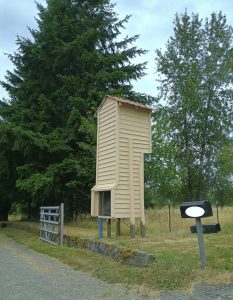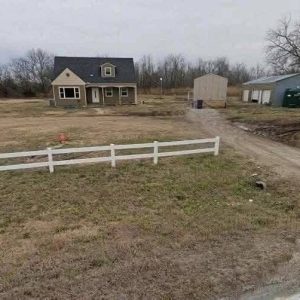Along a quiet rural road north of Gresham, Oregon, a tall, slender wooden tower stands at the edge of a gravel driveway, catching the attention of curious drivers. About fifteen feet high, with beige siding, a small pitched roof, and a glass panel facing the road, it resembles a birdhouse or weather station—but locals know it as the “driveway periscope.”
Rural Oregon’s winding roads and dense trees often hide homes from view, making it difficult for residents to see oncoming traffic when pulling out. While many homeowners rely on roadside mirrors for visibility, one resident in this part of Gresham decided to create a more innovative solution.
Using the principles of a classic periscope, they constructed a fully mechanical safety tool with two angled mirrors that transmit an image from top to bottom. The upper mirror captures the view of the roadway, while the lower mirror reflects it to a viewing window near the base so drivers can check for approaching vehicles before entering the road.
What makes the invention impressive is its simplicity—no power, electronics, or moving parts, just light and reflection. The tower blends seamlessly with the home thanks to its clean siding and small protective roof, often going unnoticed until someone looks closely enough to discover its purpose.
Recently, the periscope drew widespread attention after photos and videos circulated on social media, with viewers praising its creativity and calling it a “low-tech smart device.” Many admired how it combined practical problem-solving with classic craftsmanship.
Today, the driveway periscope remains a small local landmark, still serving its purpose and inspiring others to think creatively. What began as a simple safety fix has become a symbol of resourceful design—proof that even in a high-tech world, simple, well-crafted ideas can stand out.






